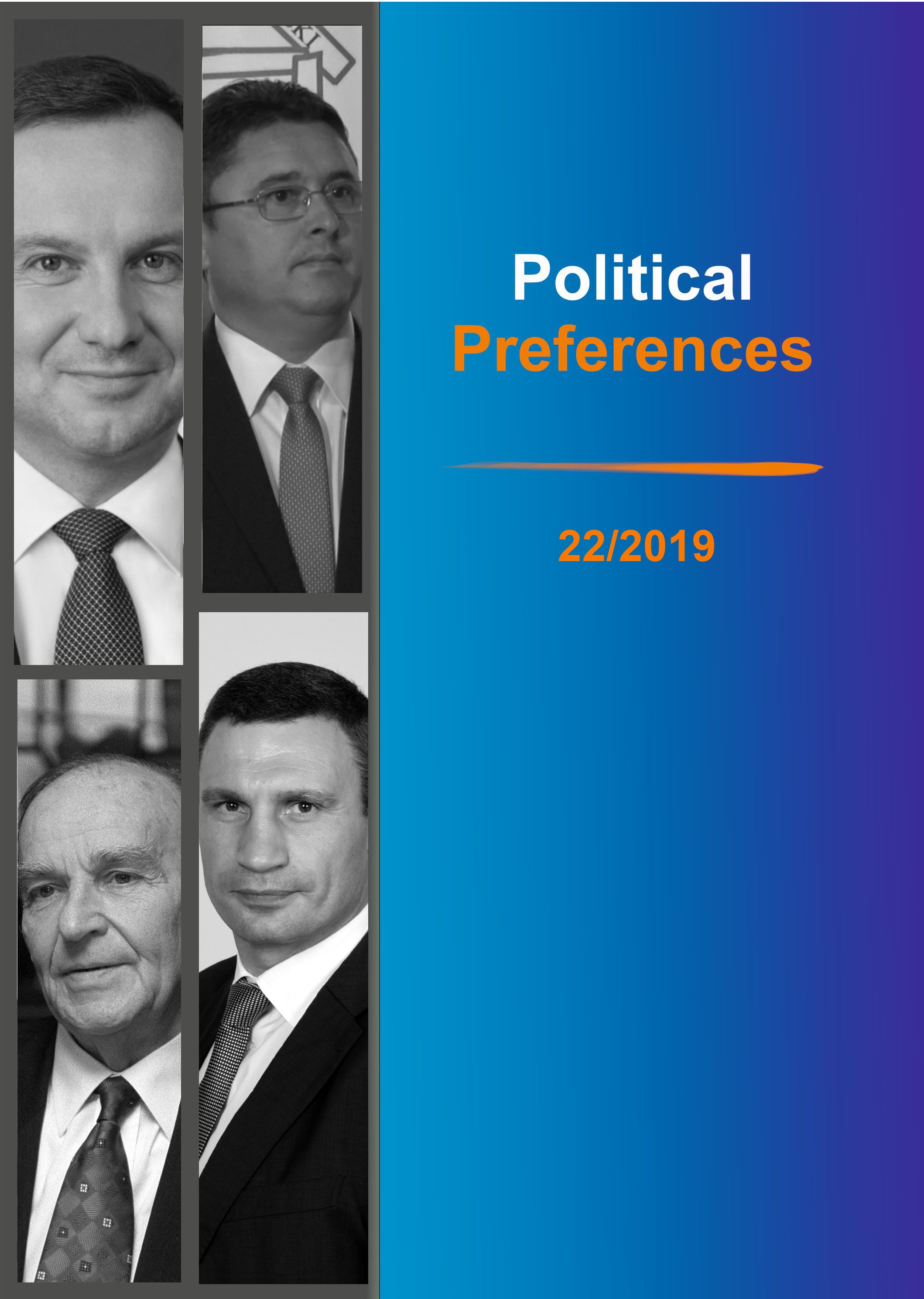

The presented article explores the influence of TV political advertising on political images of candidates competing in the 2015 presidential election in Poland. For this purpose, the empirical research (N=507) to check the reactions to campaign spots among voters with different political preferences was carried out. The conducted research shows that political preferences significantly affect both the perception of political images and the emotional attitude to candidates. The study also confirms that political advertising has a moderate importance in creating the images of commonly known politicians. Interestingly, the obtained results prove that emotional attitude towards politicians are more permanent and resistant to change under the influence of advertising messages than political image characteristics.
Download files
Citation rules

No. 22 (2019)
Published: 2019-03-31
 10.31261/polpre
10.31261/polpre